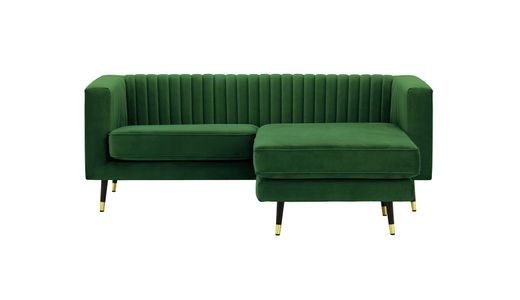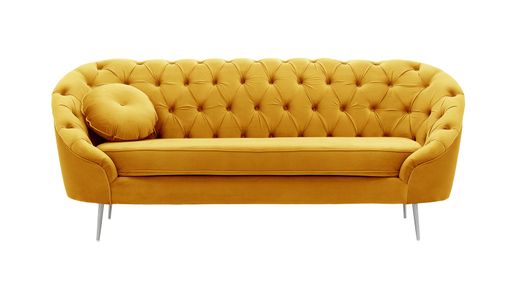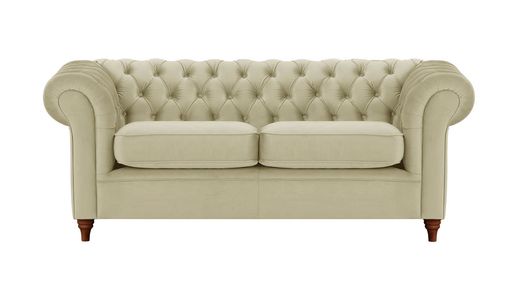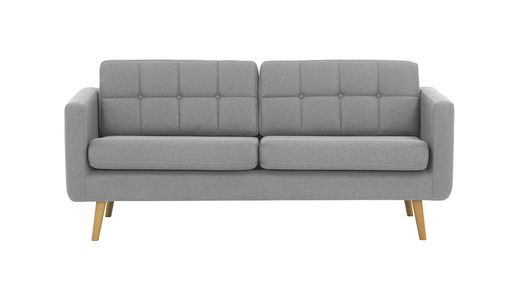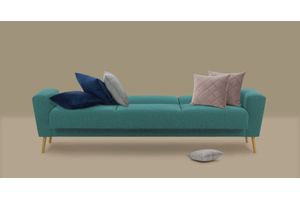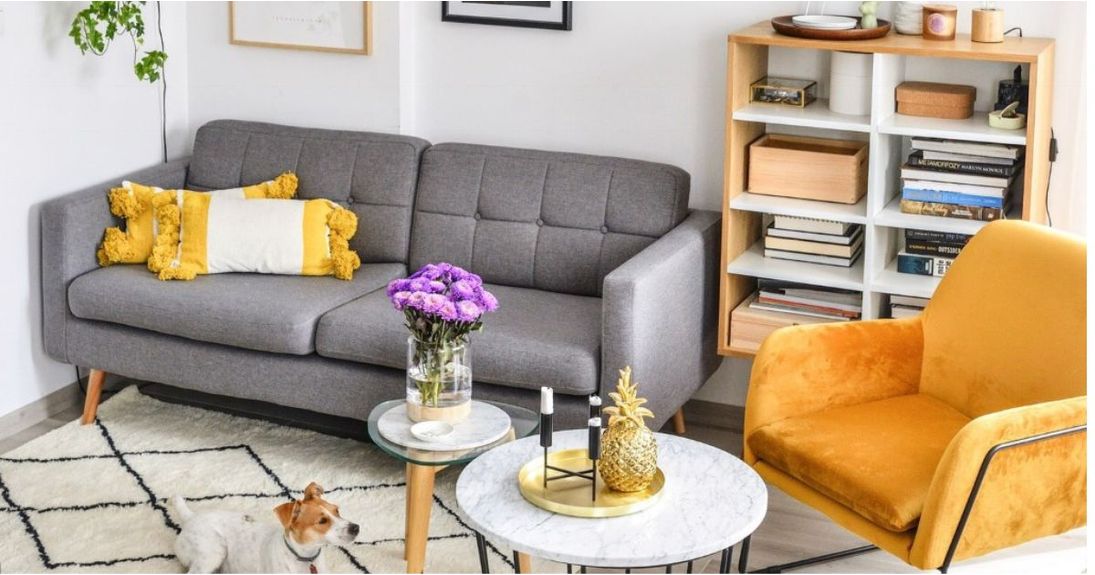
Sofas for the children's room: Creating a cosy place to sleep
The children's room is where our little ones spend a lot of time playing, learning and, of course, resting. When creating this space, we pay attention to many details, but one of the key elements is the sofa. This is important because the sofa becomes the heart of this room - a place where children spend time reading their favourite books, watching colourful cartoons or simply relaxing.
Types of sofas for children's rooms
Pull-out sofas (e.g. Lioni Sofa, Nimbus Sofa) offer many benefits, including saving space by easily transforming into an extra bed. They are also extremely functional, acting as both a place to sleep and for everyday sitting, reading or watching movies. Additionally, they work well as a hospitality piece, ideally suited to welcoming guests or providing a play space for children.
Unfolding sofas (e.g. Kooper Sofa, Covex Sofa) are characterised by their ease of use, requiring no unfolding or folding, which makes them extremely comfortable to use. In addition, they take up less space than reclining sofas, which is particularly important in smaller rooms, and their comfort makes them ideal for everyday seating and relaxation. 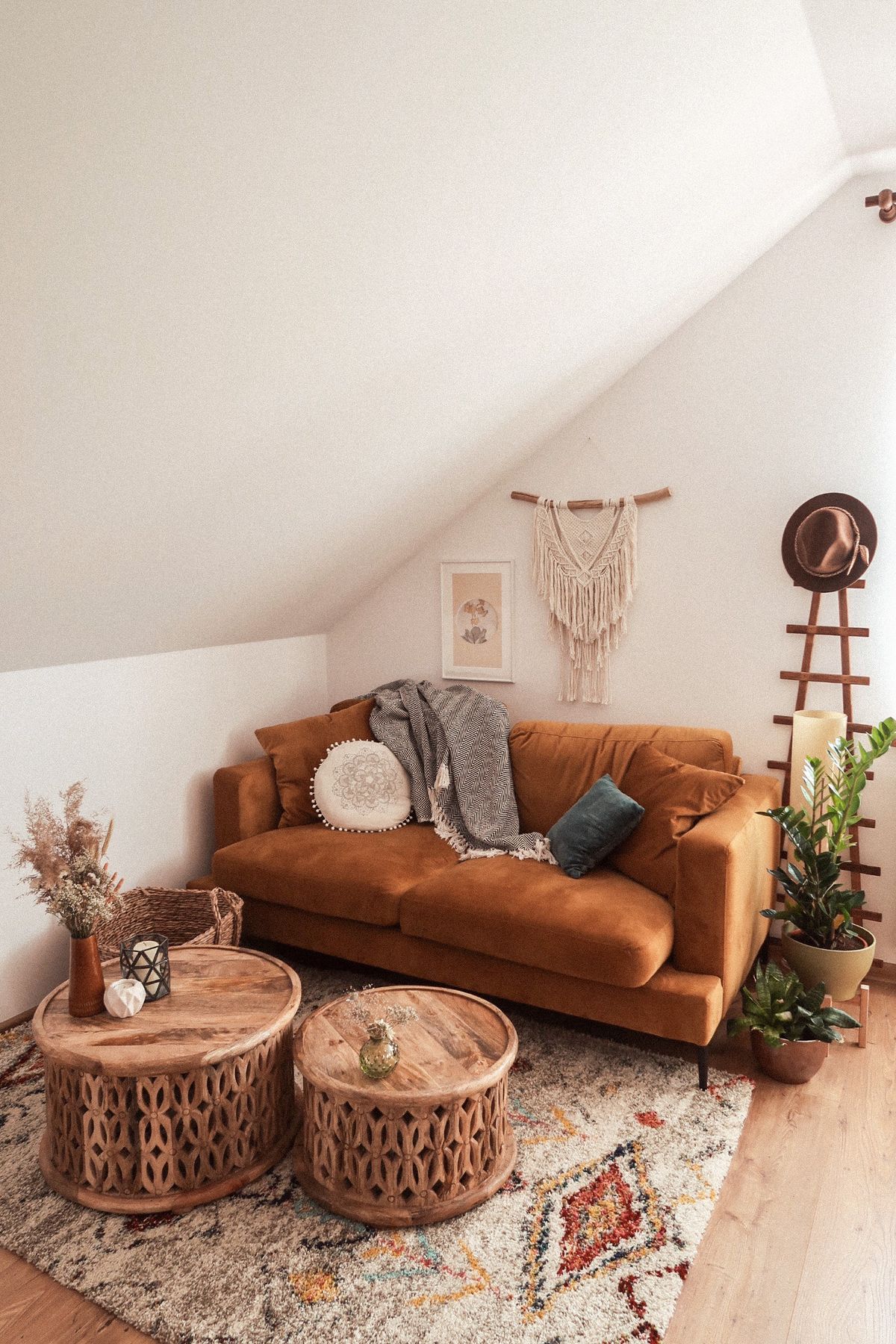
Size and space
Choosing the right size sofa for a child's room is a key step in creating a functional and harmonious space. Before purchasing a sofa, it is a good idea to measure the available distance in the room carefully. The sofa should not dominate the room or restrict the child's freedom of movement. The right size of sofa will ensure comfort and free access to other design elements in the room, such as bookcases or a desk. The proportions of the sofa about other furniture also matter, and when choosing a size, it is worth taking into account any future changes to the room design. By taking care of the proportions and size of the sofa, a harmonious space is created, ideal for a child to sleep and play.
Choice of materials
Durability and ease of cleaning: The sofa material should be durable and easy to clean. Especially in a children's room, where spills and stains can be a common occurrence. Choose fabrics that can be easily cleaned, ideally, those that can be removed and machine-washed or wiped with a damp cloth. Durable materials will ensure that the sofa will last for many years without wearing out quickly.
Comfortable materials: In addition to safety and durability, it is worth paying attention to the comfort of the materials. Fabrics should be pleasant to the touch and not cause allergies or skin irritations. For children who often spend long periods on the sofa, the choice of materials that guarantee comfort is important. Appropriate fillings, such as foam with ergonomic properties, can provide additional comfort when sitting and relaxing.
Colour and pattern
The colour and pattern of a sofa have a significant impact on the atmosphere and design of a child's room. Choosing the right colour and pattern combinations can add character to the interior and create a cosy and inviting place for your child to play and relax.
Matching the sofa to the room décor
Considering how the colour of the sofa fits with the overall decor of the room is important. The sofa can be chosen to blend in perfectly with existing wall colours, carpets and other decorative elements. Matching the colour scheme of the sofa to the rest of the room will make the overall look cohesive and aesthetically pleasing.
Patterns and decorations
Patterns and decorations on the fabric of the sofa can add character and a pleasant atmosphere to the interior. Considering choosing fabric with delicate patterns that will delight the child's eye and give the interior a unique charm is important. Nevertheless, avoid excessive patterns so as not to overwhelm the space.
The right sofa colour and pattern can make a significant difference to the aesthetics and comfort of a child's room. Allow your child to express his or her preferences, given that this is a space where he or she will spend a lot of time. With the right choice of colour and pattern, the sofa will not only become a practical piece of furniture but also a decorative element that will diversify and beautify the room's interior. 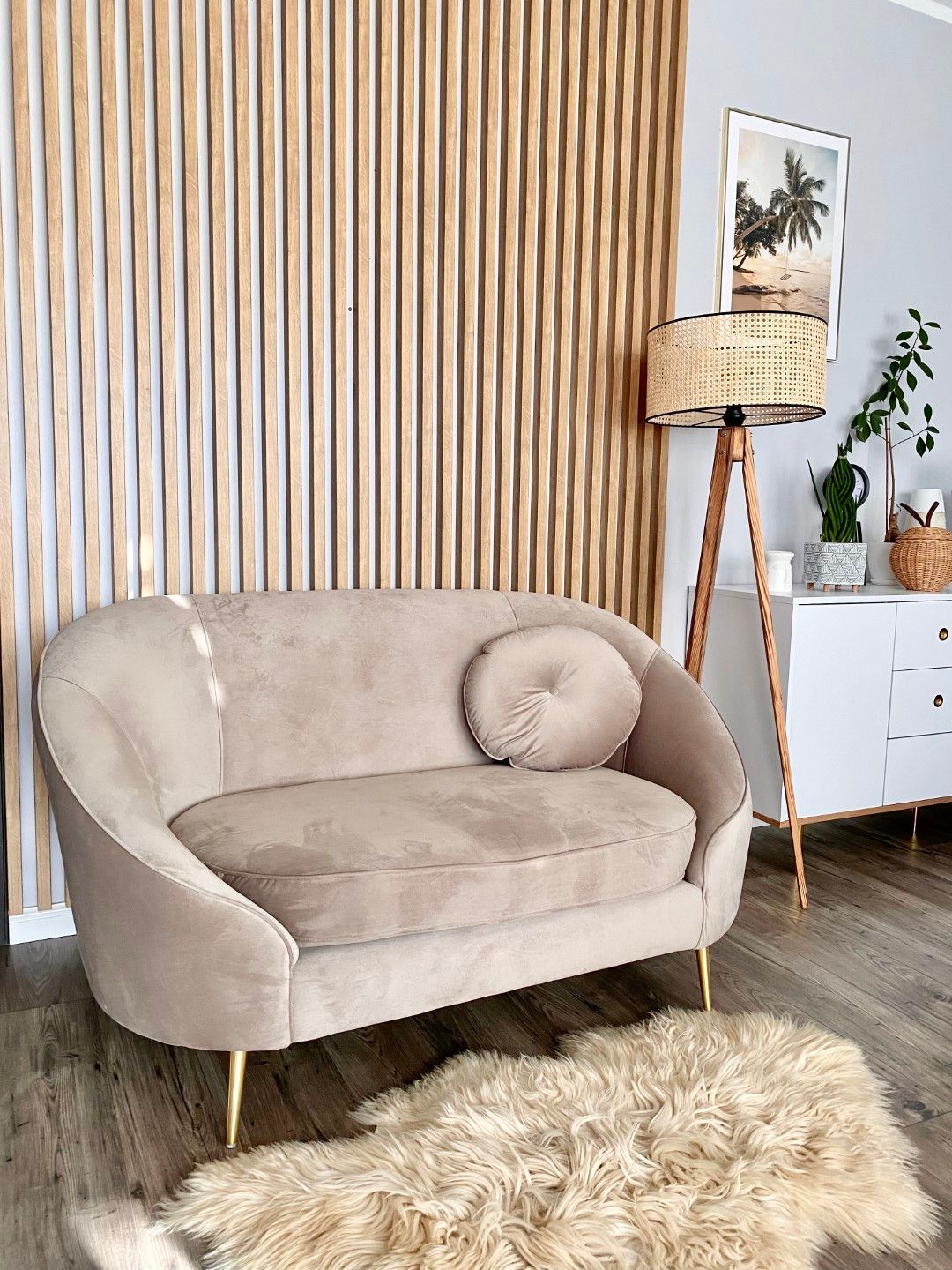
Tips for Parents
Involving the child in the choice of the sofa: Involving the child in the process of choosing the sofa will allow him or her to feel important and influential in shaping his or her space. The child can be asked about preferences for colour, pattern or accessories on the sofa. This can also be a great opportunity to talk about the responsibility of keeping the room tidy.
A friendly sleeping environment: Making sure your child's sofa is part of a friendly sleeping environment is key. Choosing bedding and blankets with soft materials will ensure a comfortable sleep. It is also worth making sure there is adequate lighting - a bedside lamp with warm light can create the right atmosphere for sleep.
Keeping things tidy: Encouraging your child's tidying habits by teaching them to keep their sofa and room clean is important. Lockers and shelves for storing toys and other items can be used to teach responsibility and organisation.
Creating a cosy and functional children's room is a process that requires attention and commitment. With these tips, you can provide your child with a comfortable and inspiring space that supports their development and creates a place where they can feel happy and safe.

